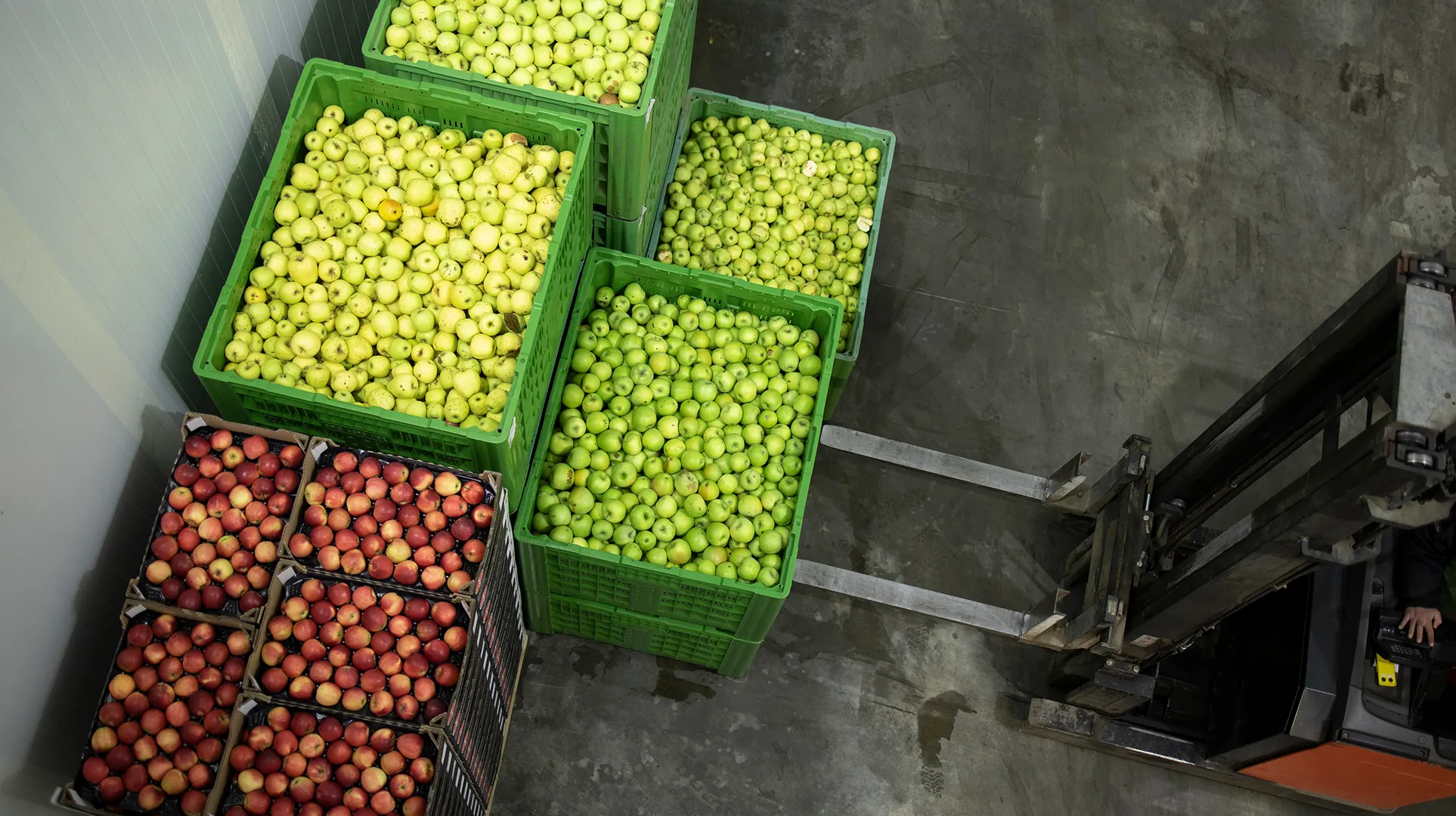Introdução: O papel da cobertura natural no setor de alimentos
O setor de alimentos enfrenta vários desafios únicos ao gerenciar o risco cambial (FX): estoque perecível, alta sazonalidade, flutuações nos preços globais das commodities e uma rede de fornecedores e compradores internacionais. Para tomadores de decisões financeiras, incluindo CFOs, gerentes financeiros e líderes de tesouraria, o hedge natural oferece uma abordagem prática e operacional de redução de risco. Este artigo explora como a cobertura natural funciona especificamente na indústria de alimentos, descreve suas vantagens e limitações e oferece etapas acionáveis para implementação.

O que é cobertura natural?
A cobertura natural se refere ao alinhamento de entradas e saídas de moeda estrangeira para compensar umas às outras, sem usar derivativos financeiros. Por exemplo, uma empresa de laticínios do Reino Unido que compra leite em pó da Europa (paga em EUR) e exporta queijo para a Alemanha (faturado em EUR) naturalmente compensa sua exposição ao euro. Ao combinar receitas e custos na mesma moeda, o risco cambial é reduzido sem a necessidade de instrumentos contratuais, como contratos futuros ou opções.
Por que as empresas de alimentos usam cobertura natural
- Simplifica o gerenciamento de câmbio: Reduz o volume de conversões de moedas.
- Minimiza os custos de transação: Menos conversões significam menos taxas bancárias e menos exposição a spreads ocultos.
- Melhora a proteção da margem: Reduz o impacto das oscilações cambiais no lucro bruto, o que é fundamental em um setor de baixa margem e sensível ao preço.
- Alinha com a sazonalidade: Muitos contratos de alimentos estão vinculados a ciclos de colheita ou envio, permitindo compensações naturais dentro de períodos.
Como funciona a cobertura natural na prática
As estratégias de hedge natural variam de acordo com a estrutura e o perfil cambial da empresa. Aqui estão alguns exemplos do setor de alimentos:
1. Compras e vendas em várias moedas
Um importador de alimentos congelados do Reino Unido compra vegetais da Polônia (PLN) e os vende para supermercados na Finlândia (recebendo EUR). Ao negociar a compra em EUR (quando possível) e a venda em EUR, a empresa alinha as entradas e saídas e mantém sua exposição cambial estreitamente igualada.
2. Diversificando a base de clientes e fornecedores por moeda
Suponha que um fabricante de bebidas adquira laranjas da Espanha e da África do Sul (EUR e ZAR). A reestruturação dos contratos de fornecimento para que as compras de matéria-prima sejam ponderadas em relação às moedas correspondentes a seus mercados de exportação (por exemplo, vender em ZAR para parceiros na África do Sul) cria compensações naturais, suavizando a volatilidade de P&L causada por mudanças repentinas de câmbio.
3. Estruturas internas de refaturamento
Grandes grupos multinacionais de alimentos podem usar centros de tesouraria regionais para internalizar os fluxos cambiais, refaturando as transações dentro da empresa em moedas correspondentes para reduzir as exposições líquidas. Essa abordagem torna os relatórios e a contabilização do risco cambial mais transparentes, mas exige uma coordenação cuidadosa entre subsidiárias e departamentos de tesouraria.

Vantagens da cobertura natural para a indústria alimentícia
- Sem custos derivativos: Não há necessidade de comprar produtos de hedge financeiro (como contratos a prazo ou opções), portanto, o custo é mínimo, exceto ajustes administrativos.
- Menor complexidade operacional: As liquidações cambiais são reduzidas, minimizando as interrupções no fluxo de trabalho.
- Suporta a previsibilidade do fluxo de caixa: Útil ao gerenciar estoques perecíveis sujeitos a ciclos de pagamento apertados.
- Simplicidade regulatória: Evita a complexidade de relatórios e contabilidade vinculada aos derivativos.
Limitações e riscos da cobertura natural
A cobertura natural não é um escudo completo. Os CFOs do setor de alimentos devem estar cientes dessas limitações:
- Compensações imperfeitas: Raramente as entradas e saídas coincidem perfeitamente em quantidade, tempo ou moeda — geralmente há uma exposição líquida.
- Dinâmica do mercado: As preferências do cliente e do fornecedor podem restringir a capacidade de faturar em moeda não local.
- Restrições operacionais: Flexibilidade limitada na diversificação da cadeia de suprimentos, especialmente ao lidar com produtos perecíveis e remessas urgentes.
- Compensações estratégicas: Às vezes, os termos comerciais (por exemplo, melhor preço para pagar em moeda local) superam os benefícios do alinhamento cambial.
Por esses motivos, as empresas de alimentos geralmente combinam cobertura natural com cobertura financeira (como contratos futuros, que são derivativos vinculativos e podem exigir garantias se as taxas se moverem contra você) para lidar com o risco residual.
Principais considerações para equipes financeiras do setor de alimentos
- Mapeando fluxos cambiais: Audite todas as entradas e saídas de moeda estrangeira em vendas, compras e logística.
- Renegociando contratos: Sempre que possível, padronize uma moeda compartilhada com as principais contrapartes para aumentar o potencial de compensação.
- Monitoramento da sazonalidade: Ajuste as rotinas de gerenciamento de câmbio para refletir os picos sazonais, por exemplo, períodos de colheita ou feriados.
- Reavaliação periódica: Analise as exposições líquidas regularmente à medida que o mix de produtos, os mercados e as cadeias de suprimentos evoluem.
- Colaboração com o Tesouro: As equipes financeiras e operacionais devem se coordenar para garantir que a cobertura natural seja incorporada a uma política mais ampla de gerenciamento de risco.
Etapas práticas para melhorar a cobertura natural em seu negócio de alimentos
- Identifique as moedas com maior risco de exposição líquida.
- Interaja com compradores e fornecedores: discuta a flexibilidade do faturamento cambial na próxima revisão do contrato.
- Sempre que possível, combine os termos monetários em contas a pagar e a receber.
- Alinhe as cadeias de suprimentos físicas e contratuais aos fluxos de vendas — por exemplo, atenda mercados de exportação com fornecedores de moedas equivalentes.
- Estabeleça relatórios robustos (revisões mensais ou trimestrais) para rastrear compensações versus exposições.
Ferramentas tecnológicas para apoiar a cobertura natural
As empresas do setor alimentício podem se beneficiar de softwares modernos de tesouraria, módulos ERP ou plataformas de câmbio específicas do setor para:
- Automatize a previsão de fluxo de caixa por moeda e região.
- Forneça painéis em tempo real de exposições correspondentes e líquidas.
- Gere alertas para desequilíbrios que podem exigir cobertura de mercado com derivativos.
Como o Millbank FX pode ajudar
No Millbank FX, ajudamos as empresas de alimentos do Reino Unido a otimizar sua estrutura de risco cambial, começando com a identificação de oportunidades naturais de cobertura e calibrando-as com instrumentos de mercado adequados quando necessário. Nossa equipe trabalha com os clientes para reduzir os custos de conversão de moeda, simplificar os pagamentos globais e gerenciar riscos baseados na sazonalidade de forma eficaz.
Resumo
O hedge natural oferece aos líderes financeiros do setor de alimentos uma abordagem econômica e operacionalmente alinhada para o gerenciamento de riscos cambiais. Embora não seja infalível e deva ser apoiado por monitoramento ativo e, ocasionalmente, cobertura de mercado com contratos ou opções, ele pode simplificar os fluxos de trabalho e proteger as margens de lucro em um mercado global volátil. Para aconselhamento personalizado e para implementar estratégias de câmbio de melhores práticas, conecte-se com seu revendedor Millbank ou explore nosso Hub FX Insights.




